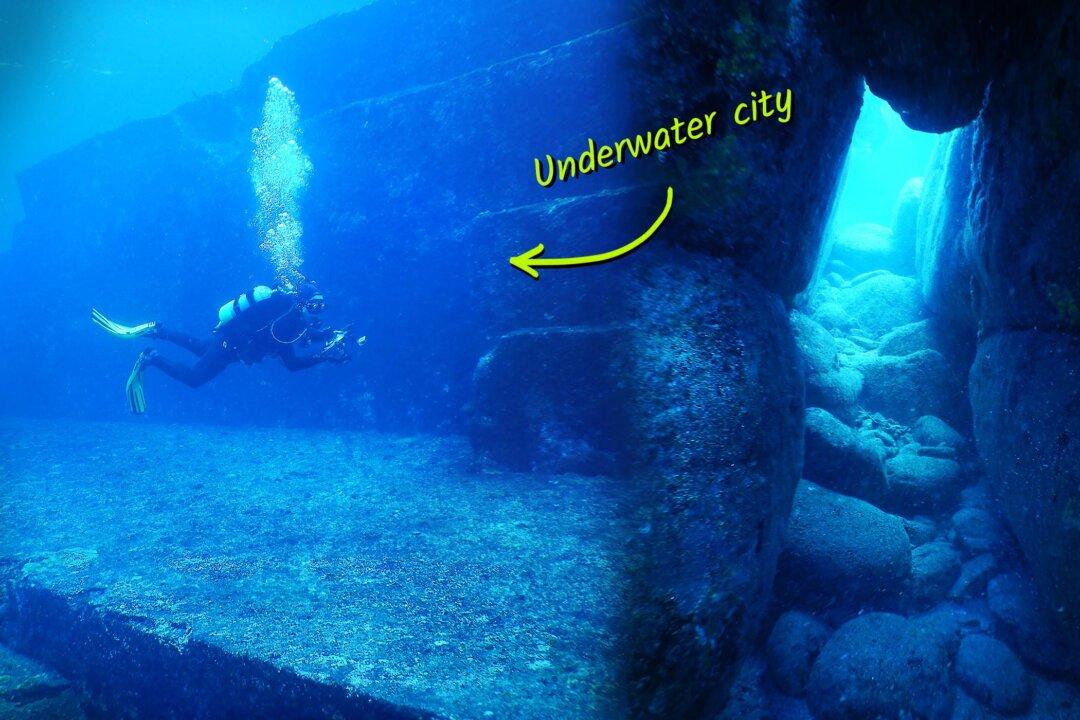As tales of Atlantis have long captured imaginations, a sunken city discovered off the coast of Japan has blurred the boundaries between myth and reality—and has raised controversy in scientific circles.
Ocean diving is an attraction off the coast of Yonaguni Island, part of the Ryukyu Arc, in Okinawa Prefecture. Yonaguni marks the end in a series of islands stretching from Kyushu, Japan’s southwesternmost main island, southwest almost to Taiwan.






